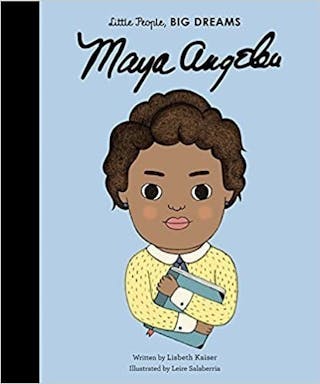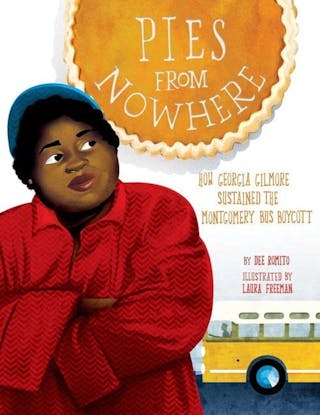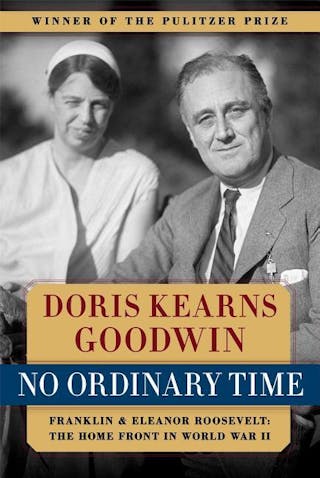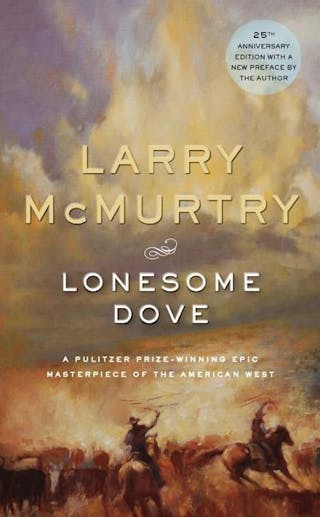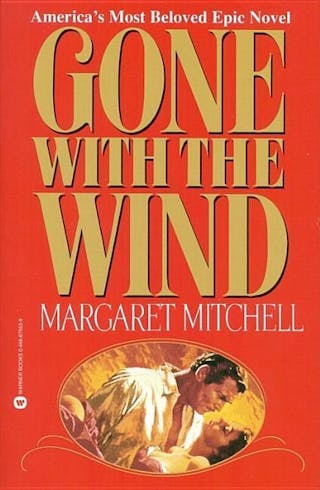

Bully Pulpit: Theodore Roosevelt, William Howard Taft, and the Golden Age of Journalism
What's This Book About
Pulitzer Prize-winning author and presidential historian Doris Kearns Goodwin’s dynamic history of Theodore Roosevelt, William H. Taft and the first decade of the Progressive era, that tumultuous time when the nation was coming unseamed and reform was in the air. Winner of the Carnegie Medal. Doris Kearns Goodwin’s The Bully Pulpit is a dynamic history of the first decade of the Progressive era, that tumultuous time when the nation was coming unseamed and reform was in the air. The story is told through the intense friendship of Theodore Roosevelt and William Howard Taft–a close relationship that strengthens both men before it ruptures in 1912, when they engage in a brutal fight for the presidential nomination that divides their wives, their children, and their closest friends, while crippling the progressive wing of the Republican Party, causing Democrat Woodrow Wilson to be elected, and changing the country’s history. The Bully Pulpit is also the story of the muckraking press, which arouses the spirit of reform that helps Roosevelt push the government to shed its laissez-faire attitude toward robber barons, corrupt politicians, and corporate exploiters of our natural resources. The muckrakers are portrayed through the greatest group of journalists ever assembled at one magazine–Ida Tarbell, Ray Stannard Baker, Lincoln Steffens, and William Allen White–teamed under the mercurial genius of publisher S.S. McClure. Goodwin’s narrative is founded upon a wealth of primary materials. The correspondence of more than four hundred letters between Roosevelt and Taft begins in their early thirties and ends only months before Roosevelt’s death. Edith Roosevelt and Nellie Taft kept diaries. The muckrakers wrote hundreds of letters to one another, kept journals, and wrote their memoirs. The letters of Captain Archie Butt, who served as a personal aide to both Roosevelt and Taft, provide an intimate view of both men. The Bully Pulpit, like Goodwin’s brilliant chronicles of the Civil War and World War II, exquisitely demonstrates her distinctive ability to combine scholarly rigor with accessibility. It is a major work of history–an examination of leadership in a rare moment of activism and reform that brought the country closer to its founding ideals.
What Kind of Book is Bully Pulpit: Theodore Roosevelt, William Howard Taft, and the Golden Age of Journalism
Topics
Reviews
Book Lists That Include This Book
The Creative Behind the Book
What Has Doris Kearns Goodwin Said About This Book
Nothing yet! Let Doris Kearns Goodwin know that you want to hear from them about their book.
More Books by Doris Kearns Goodwin
Other Books You Might Enjoy If You Liked This Book
Book Details
- ISBN
- 9781416547877
- Publication Date
- September 9, 2014
- Publisher
- Simon & Schuster
- Page Count
- 912
- Lib. of Congress (LCCN)
- 2013032709
Contribute to this page
Are you the author or illustrator? Claim your book.




